Average Cost of Upper Blepharoplasty in Thailand
.jpg)
Are you considering upper blepharoplasty to rejuvenate your appearance or improve your vision, and looking for options abroad? Thailand has emerged as a leading destination for medical tourism, particularly for cosmetic procedures like eyelid surgery.
People from all over the world are drawn to Thailand not just for its stunning landscapes and vibrant culture, but also for its high-quality medical facilities and skilled surgeons, often at a fraction of the cost found in Western countries. This comprehensive guide will walk you through everything you need to know about the cost of upper blepharoplasty in Thailand.
We'll explore the typical price ranges, what influences these costs, what's usually included in a package, and address common concerns about quality, safety, and recovery. Our goal is to provide you with clear, precise answers to help you make an informed decision about your eyelid surgery journey in Thailand.
How much does upper blepharoplasty cost in Thailand?
The cost of upper blepharoplasty in Thailand is significantly lower than in countries like the United States, the UK, Australia, or Canada. While prices can vary based on several factors, most patients can expect to pay within the range of $1,500 to $3,500 USD.
This fee generally encompasses the surgeon's fee, the cost of anesthesia, and the use of the operating facility. The affordability does not usually come at the expense of quality. Many Thai hospitals and clinics adhere to international standards and boast modern equipment and highly trained medical professionals.
The lower operational costs and cost of living in Thailand contribute to these reduced prices, making it an appealing option for those looking to enhance their appearance without incurring substantial debt.
What factors influence the cost of eyelid surgery in Thailand?
Several key factors play a role in determining the final cost of upper blepharoplasty in Thailand. Understanding these can help you anticipate expenses and choose a clinic that fits your budget and expectations.
- Clinic Reputation and Accreditation: Highly reputable clinics, especially those with international accreditations (like JCI), often have higher prices due to their established quality of care, state-of-the-art facilities, and excellent patient outcomes.
- Surgeon's Experience and Qualifications: A board-certified plastic surgeon with extensive experience specifically in blepharoplasty, and a strong portfolio of successful cases, may charge more for their expertise.
- Location within Thailand: Prices can vary slightly between major cities like Bangkok and Phuket, which tend to be more expensive, versus smaller towns or less prominent clinics.
- Type of Anesthesia: While local anesthesia with sedation is common and usually included, general anesthesia might incur additional costs.
- Complexity of the Procedure: If the surgery involves more complex corrections or is combined with other procedures, the cost will naturally increase.
Is the quality of upper blepharoplasty in Thailand comparable to Western countries?
The perception that lower costs equate to lower quality is often a misconception when it comes to medical tourism in Thailand. The country has heavily invested in its healthcare infrastructure and has become a global hub for medical and cosmetic procedures.
Many hospitals and clinics cater specifically to international patients, boasting modern technology, English-speaking staff, and luxurious facilities. Numerous Thai plastic surgeons have received training in Western countries and hold international certifications, ensuring they meet rigorous standards of practice.
When choosing a clinic, it's essential to look for accreditations such as the Joint Commission International (JCI), which signifies adherence to the highest international standards in patient safety and quality of care. This commitment to excellence ensures that patients receive treatments on par with, and sometimes even exceeding, what they might find in their home countries.
What is typically included in the upper blepharoplasty package price in Thailand?
When you receive a quote for upper blepharoplasty in Thailand, it usually comes as an all-inclusive package for the medical procedure itself. This is designed to give you a clear understanding of the core costs involved. Typically, a package price will cover:
- Surgeon's Fee: Compensation for the plastic surgeon's expertise and time.
- Anesthesia Fee: The cost of the anesthetic medication and the services of the anesthesiologist or nurse anesthetist.
- Operating Room (OR) Charges: The cost for using the sterile surgical facility and its equipment.
- Initial Consultations: Pre-operative consultations to discuss your goals and assess your suitability for the procedure, and post-operative follow-ups to monitor your healing. It's always wise to confirm precisely what is included with your chosen clinic to avoid any surprises.
How can I find a reputable surgeon for eyelid surgery in Thailand?
Finding the right surgeon is paramount for a successful outcome in any cosmetic procedure. In Thailand, where many options exist, thorough research is key. Here's how to ensure you're choosing a highly reputable professional:
- Verify Board Certification: Ensure your surgeon is certified by the Thai Board of Plastic Surgery or an equivalent international board. This confirms they have met stringent training and ethical standards.
- Check Experience and Specialization: Look for surgeons who have a significant amount of experience specifically with blepharoplasty procedures. Ask for their number of cases and years of practice.
- Review Before-and-After Photos: A reputable surgeon will have a portfolio of their work. Pay attention to results that align with your desired aesthetic.
- Read Patient Reviews and Testimonials: Look for consistent positive feedback regarding patient care, surgical results, and overall experience. Online forums and medical tourism platforms can be good resources.
- Confirm Clinic Accreditations: Choose clinics that are internationally accredited, such as by JCI, indicating high standards of safety and quality.
What are the potential savings for upper blepharoplasty in Thailand compared to the US or UK?
The cost savings for upper blepharoplasty in Thailand are a primary driver for many international patients. These savings can be substantial, making the journey worthwhile even when factoring in travel and accommodation expenses. To illustrate, consider the average costs:
- United States: Upper blepharoplasty can range from $3,000 to $6,000 USD, or even higher, often not including anesthesia or facility fees.
- United Kingdom: Prices typically fall between £2,500 and £5,000 (approximately $3,200 to $6,400 USD).
- Thailand: As mentioned, the cost is generally $1,500 to $3,500 USD for a comprehensive package. This means a patient could potentially save thousands of dollars, allowing them to allocate funds to other aspects of their medical trip or simply enjoy significant financial relief.
Are there any hidden costs associated with eyelid surgery in Thailand?
While many Thai clinics offer transparent, all-inclusive packages for the surgery itself, it's crucial to be aware of potential expenses outside the surgical fee. Being prepared for these can help prevent any unwelcome surprises. Common additional costs to consider:
- Pre-operative Medical Tests: While a basic physical exam might be included, specialized blood tests or eye exams (if needed) might be an extra charge.
- Medications: Post-operative prescriptions for pain relief, antibiotics, or eye drops are typically not included in the surgical package.
- Accommodation and Travel: Flights, hotels, and local transportation are significant expenses that patients must budget for independently.
- Translator Services: While many clinic staff speak English, for specific or sensitive discussions, a professional translator might be desired and could incur a fee.
- Travel Insurance: Standard travel insurance often does not cover complications from elective cosmetic surgery, so specialized medical travel insurance may be a separate cost to consider for peace of mind. Always request a detailed quote from your chosen clinic, asking for a breakdown of all potential costs before committing to the procedure.
What is the recovery period like for upper blepharoplasty, and how long should I stay in Thailand?
Understanding the recovery timeline is vital, especially when planning medical travel. Upper blepharoplasty is a relatively quick procedure, but proper healing takes time.
- Immediate Post-Op (First Few Days): You can expect some bruising, swelling, and mild discomfort around the eyelids. Cold compresses are usually recommended. Vision may be temporarily blurry due to swelling and eye drops.
- First Week: Swelling and bruising will be most noticeable during this period. Stitches are typically removed around day 5-7. You should avoid strenuous activities, heavy lifting, and rubbing your eyes.
- Two Weeks Post-Op: Most significant bruising and swelling should have resolved, and you can generally return to light daily activities. Residual minor swelling might last for several weeks.
- Full Recovery: It can take several months for all swelling to completely disappear and for the final results to become fully apparent. For patients traveling for surgery, staying in Thailand for at least 7-10 days post-surgery is crucial. This allows for stitch removal by the surgeon and ensures you receive necessary follow-up care and monitoring, minimizing the risk of complications before you fly home.
What are the risks associated with upper blepharoplasty?
As with any surgical procedure, upper blepharoplasty carries potential risks, though serious complications are rare, especially when performed by a qualified and experienced surgeon. It's important to be aware of these possibilities:
Common and Temporary Side Effects:
- Bruising and swelling around the eyes.
- Temporary blurred vision due to swelling or ointments.
- Dryness or irritation of the eyes.
- Mild discomfort or pain.
Less Common Risks:
- Infection at the incision sites.
- Difficulty closing the eyes completely (often temporary).
- Asymmetry in the eyelid appearance.
- Excessive scarring (rare).
Very Rare but Serious Risks:
- Vision changes or loss of vision.
- Hematoma (a collection of blood under the skin).
- Adverse reaction to anesthesia.
Choosing a highly skilled surgeon and diligently following all pre- and post-operative instructions significantly minimizes these risks. During your consultation, your surgeon will discuss these risks in detail and assess your individual health to ensure you are a suitable candidate.
Is upper blepharoplasty covered by insurance in Thailand or my home country?
For most individuals, upper blepharoplasty is considered an elective cosmetic procedure, aimed at improving appearance rather than addressing a life-threatening or debilitating medical condition. As such, it is rarely covered by standard health insurance policies.
- Medical Necessity: Insurance might cover the procedure only if it's medically necessary. This typically means that excess skin on the upper eyelids significantly obstructs your field of vision, impacting your daily life. You would need documentation from an ophthalmologist and sometimes pre-authorization from your insurance provider.
- International Insurance: If you are traveling for the surgery, your domestic health insurance almost certainly won't cover it in Thailand. While travel insurance can cover medical emergencies abroad, it usually specifically excludes elective cosmetic procedures. You might need specialized medical tourism insurance, which comes with its own conditions and premiums. Therefore, it is essential to plan for upper blepharoplasty as a self-funded expense and confirm any potential coverage with your insurance provider well in advance, providing full transparency about the nature of the procedure.


.png)
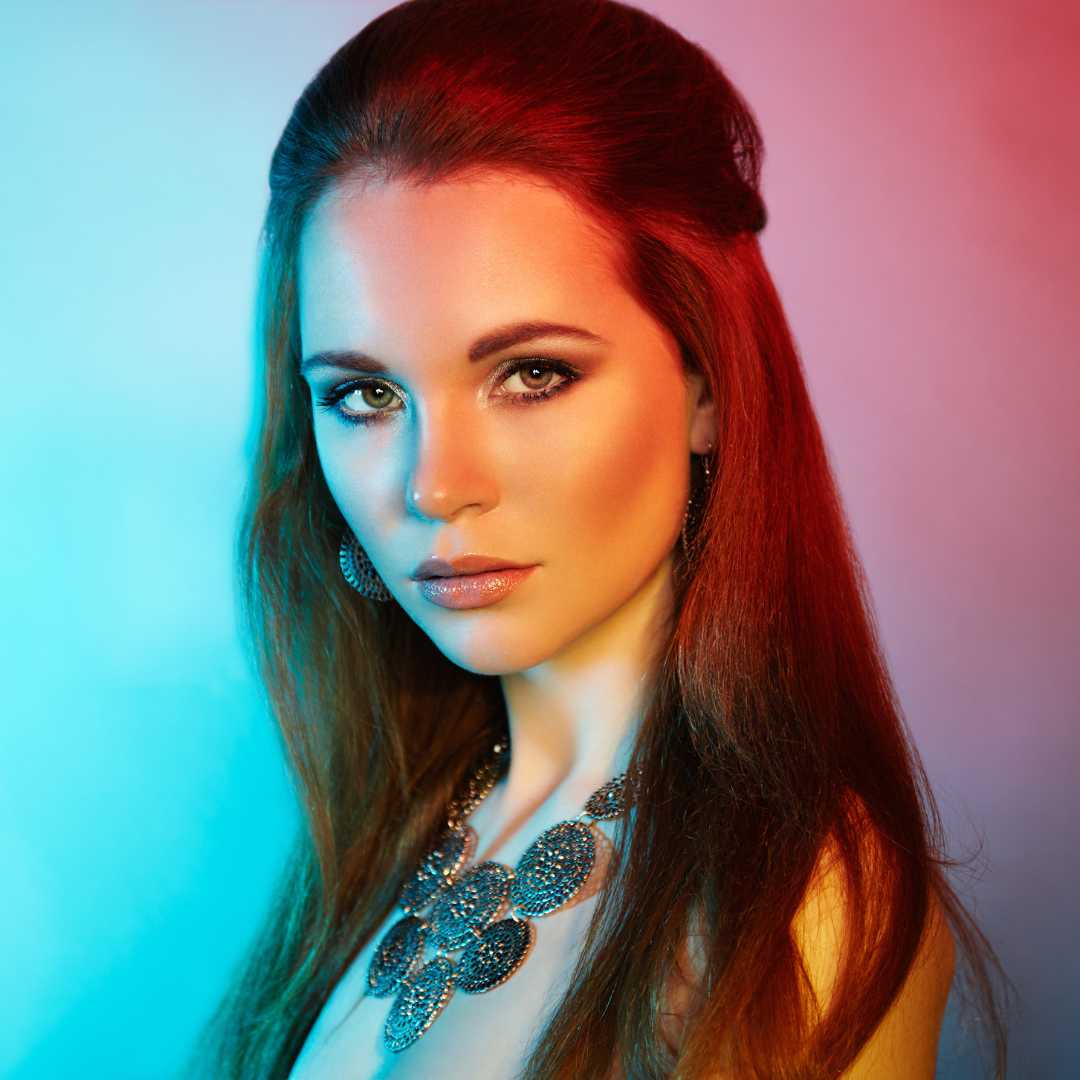

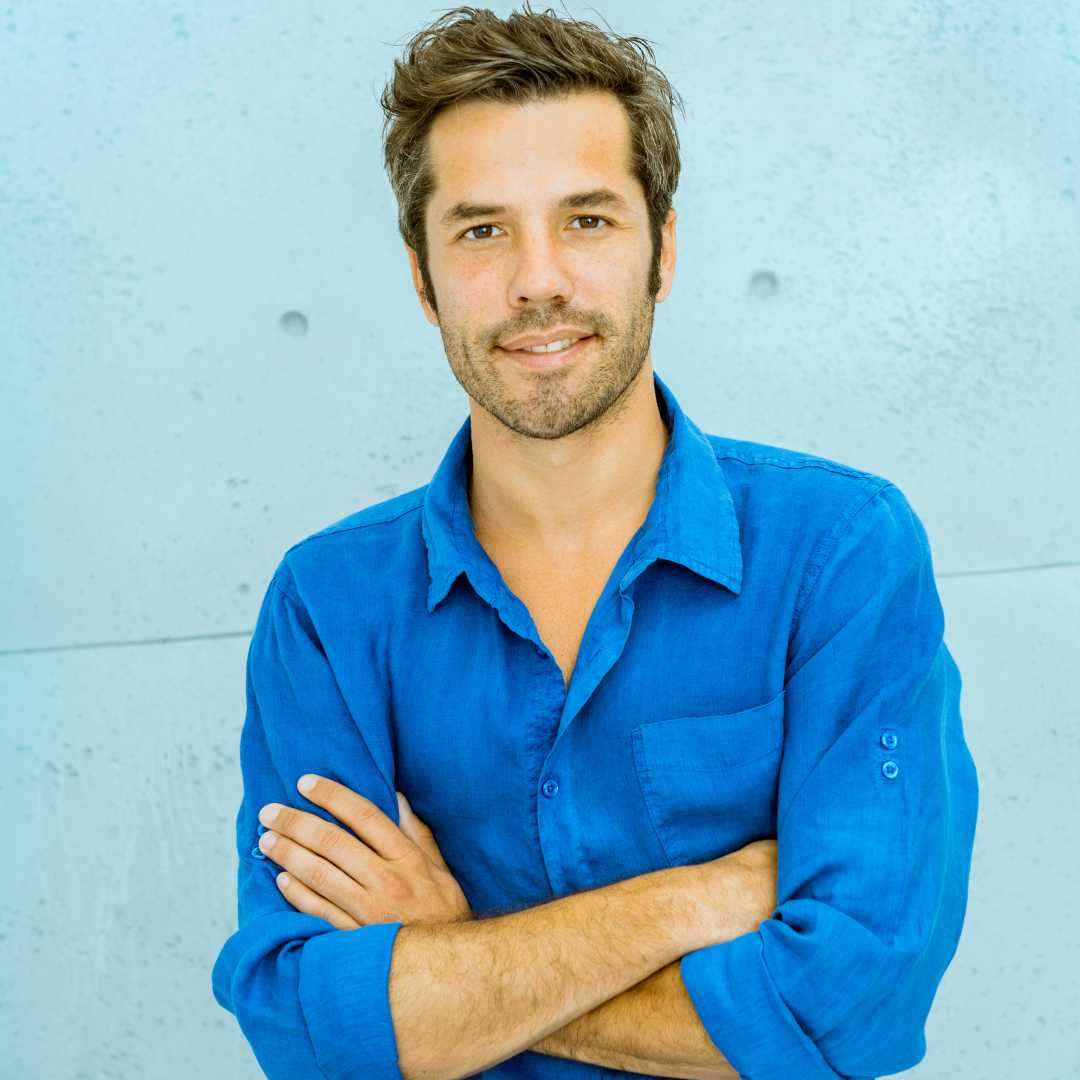


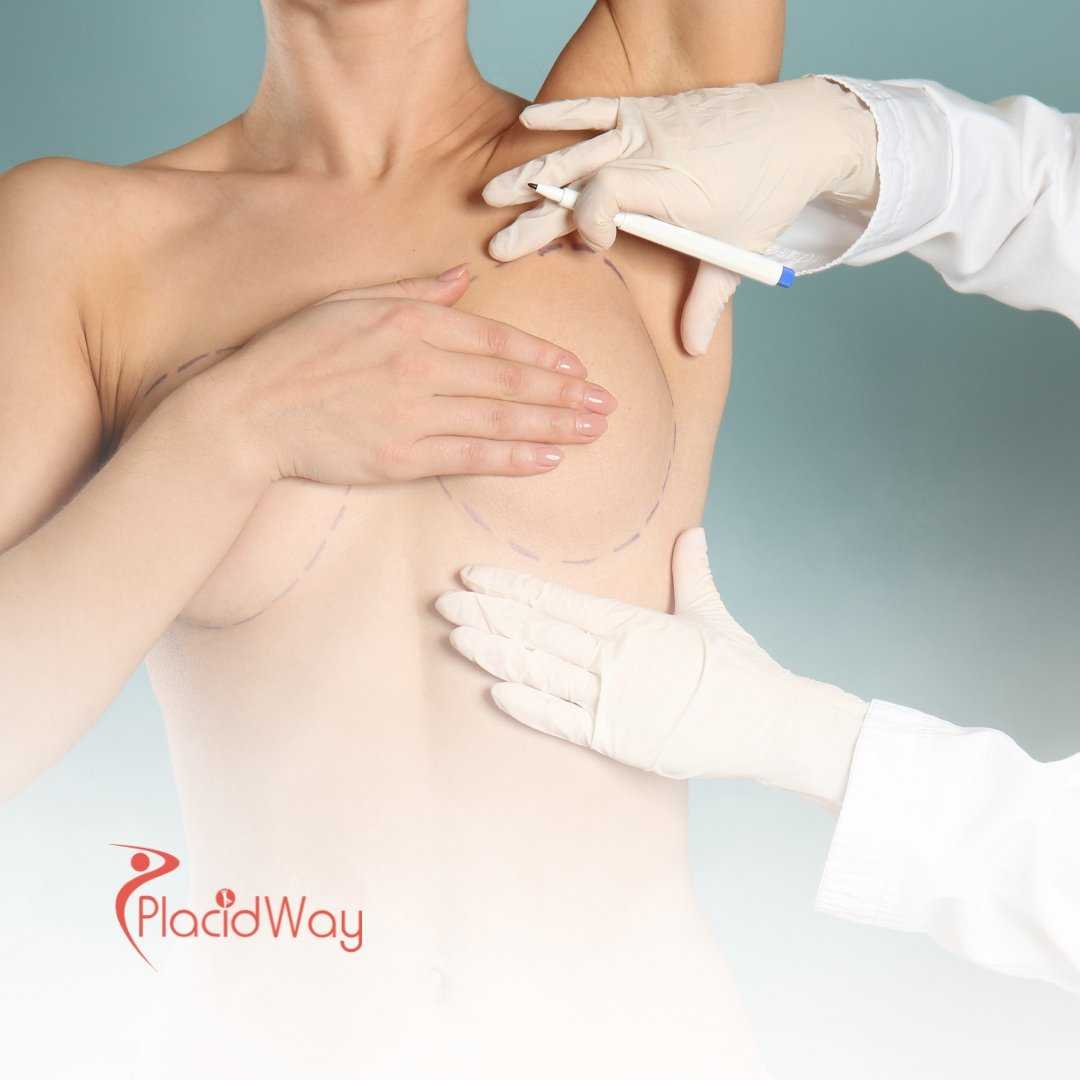

.png)


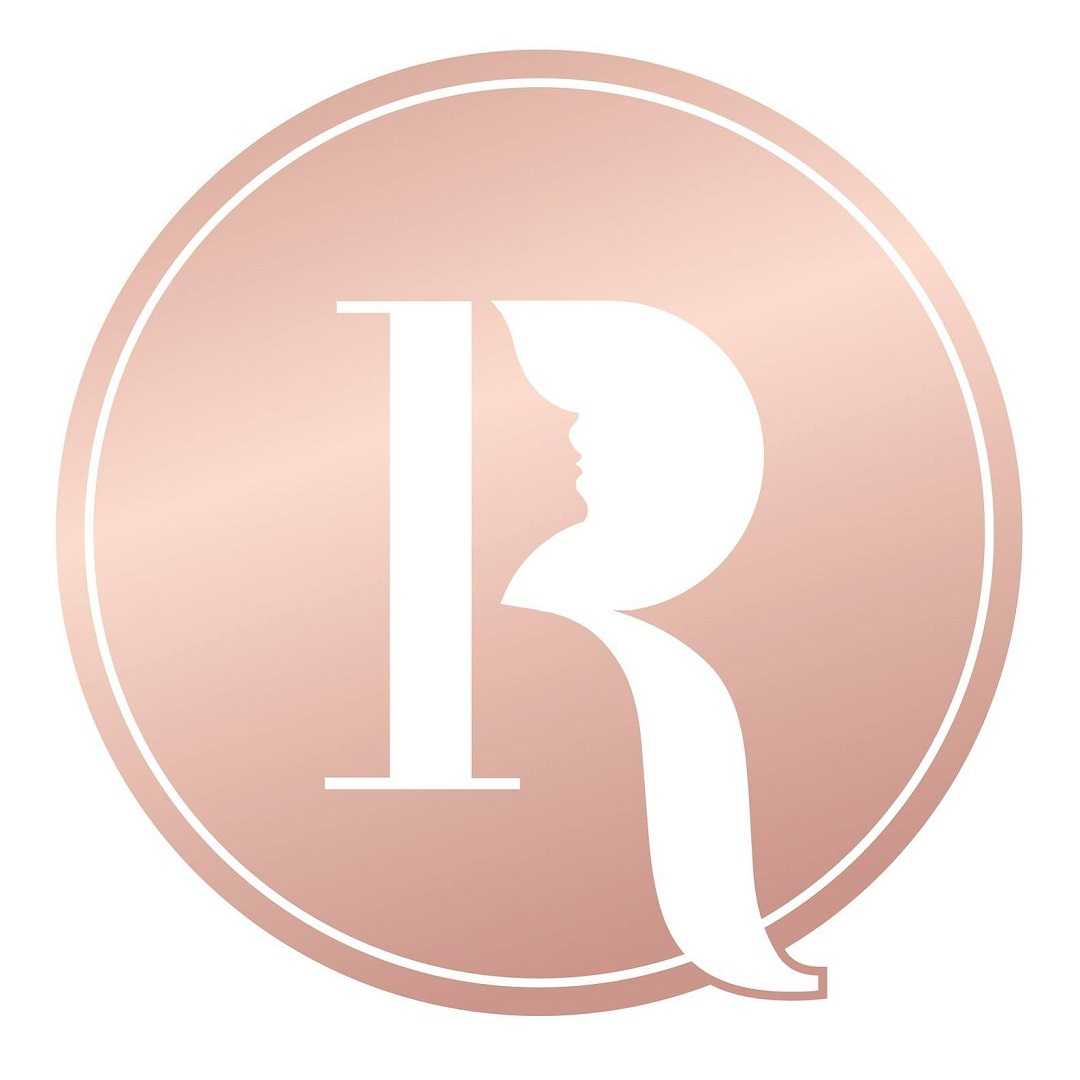
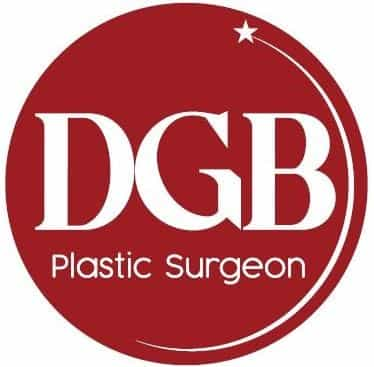
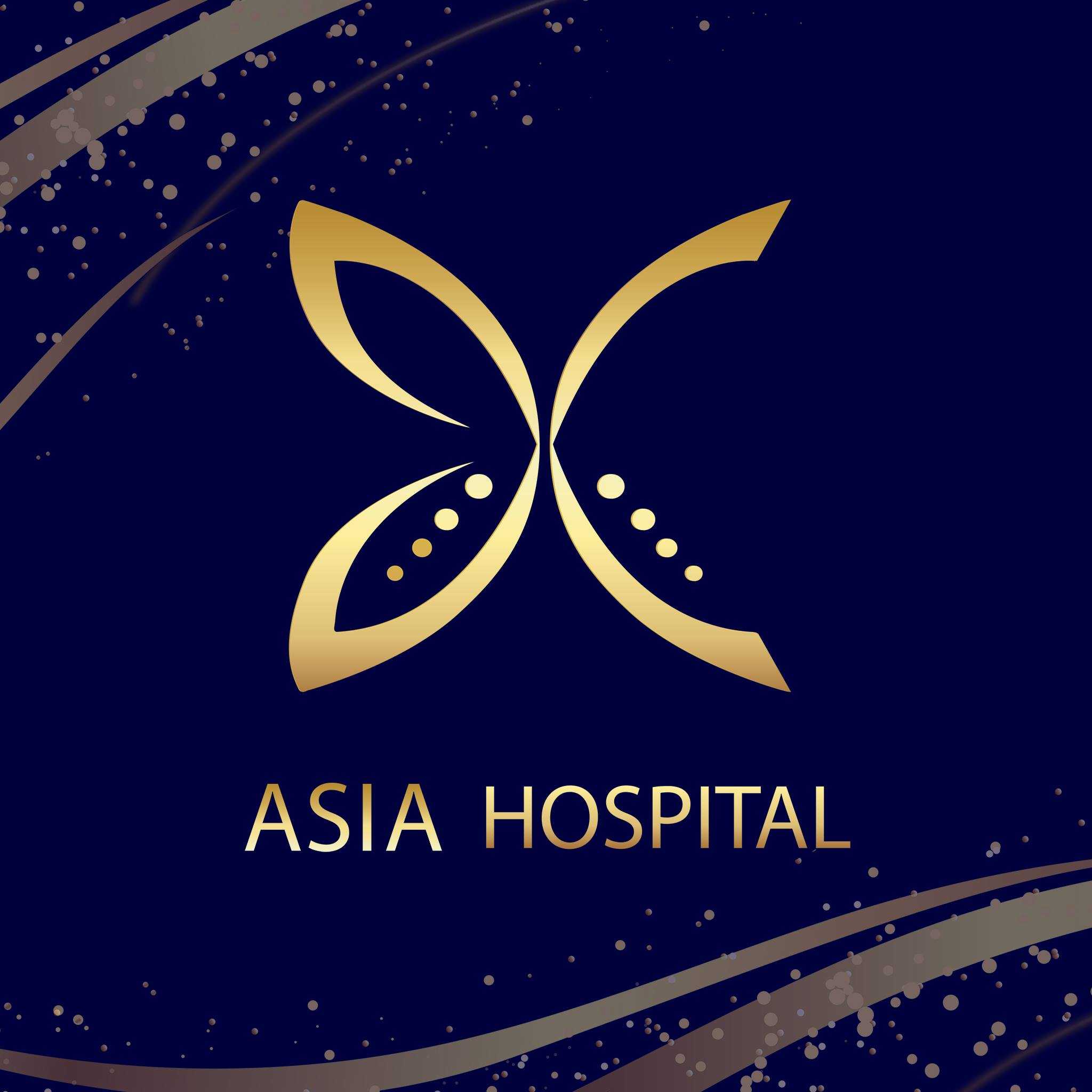

Share this listing